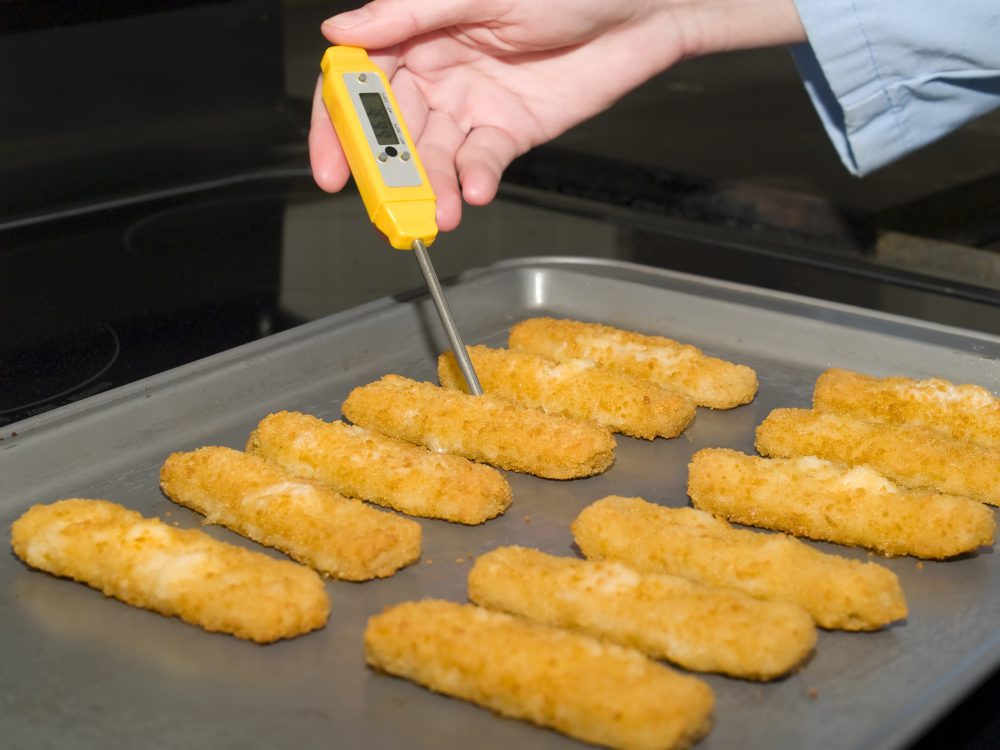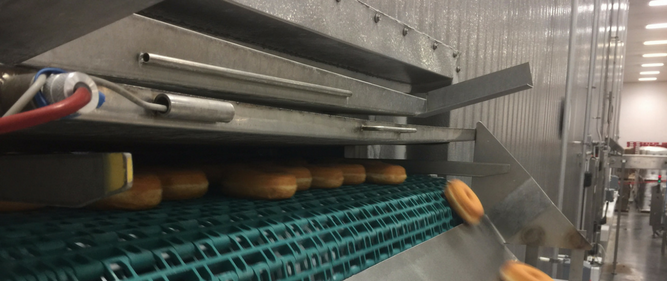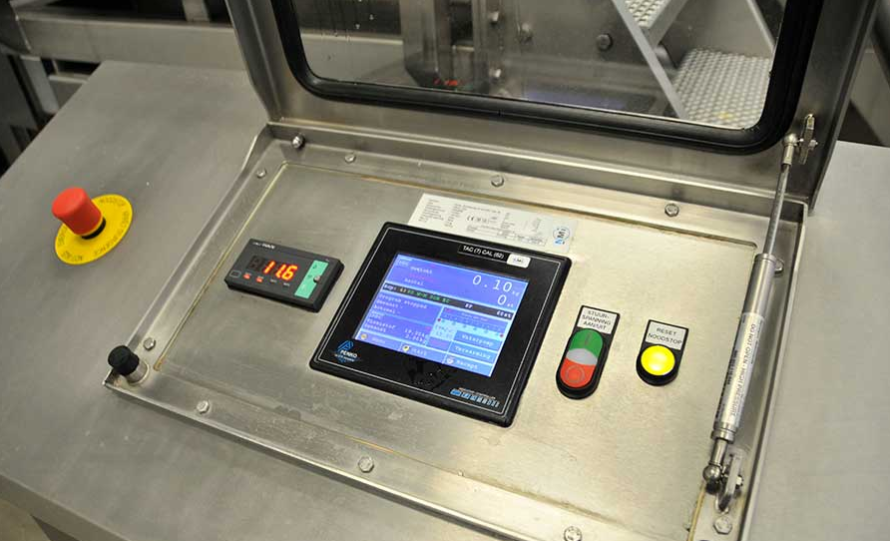[VIDEO] See How Virtual Reality Can Take You Inside Your Food Plant Design
Virtual walkthroughs with VR headsets
Virtual reality (VR) is changing the game when it comes to designing facilities for the food and beverage industry. With a VR headset, you can “walk through” your new building during the design phase, months before the first brick is laid.
Rather than examining a 2D design on a sheet of paper, 3D modeling coupled with virtual reality technology can bring a building to life without having to interpret complicated designs.
Continue Reading “[VIDEO] See How Virtual Reality Can Take You Inside Your Food Plant Design”



![[VIDEO] See How Virtual Reality Can Take You Inside Your Food Plant Design](https://stellarfoodforthought.net/wp-content/uploads/2017/12/Screen-Shot-2017-12-05-at-12.30.19-PM.png)


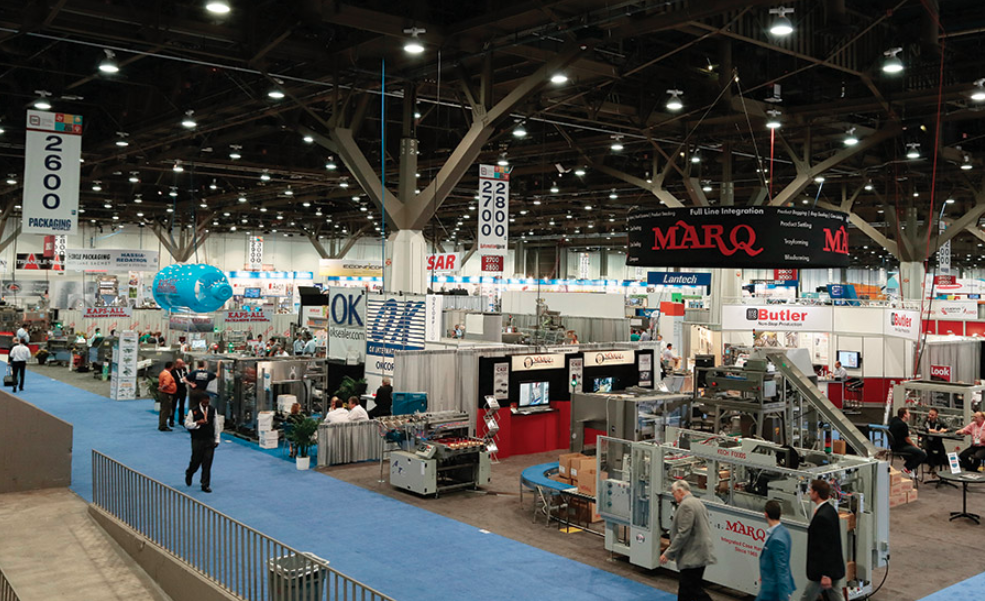
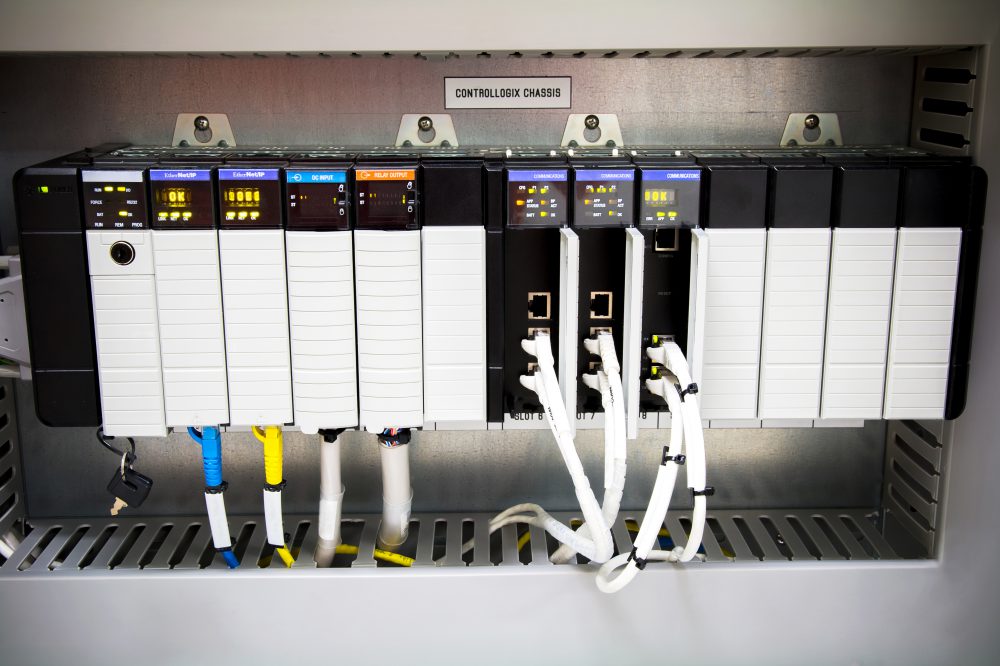

![[PHOTOS] An Inside Look at the First Organic Humane, Animal Welfare-Focused Chick Hatchery in the U.S.](https://stellarfoodforthought.net/wp-content/uploads/2017/10/Bell-Evans-1-e1601045685719.jpg)
